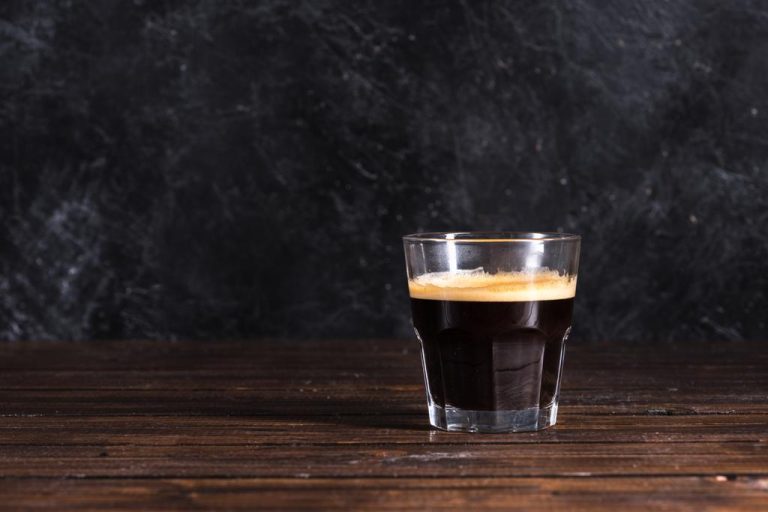Whether cappuccino, espresso or americano – coffee is more popular than ever. We give you an overview of the most important types of coffee and show you what is important when buying one.
For many, coffee is the pick-me-up in the morning or the obligatory conclusion to a delicious meal. Coffee is very popular: around 0.4 l of coffee is consumed per person per day. The selection on the coffee shelves in supermarkets is correspondingly large.
We explain to you:
what types of coffee there are and how different types of coffee are made from them
how coffee is grown
what problems there are in the conventional coffee trade and
what you as a consumer should pay attention to when buying coffee.
Overview of the types of coffee: Coffea Arabica at the top
There are over 100 different types of coffee worldwide, which differ in their biological basis.
With a share of around 70% in the global coffee trade, Coffea Arabica is by far the dominant type of coffee. It is characterized by a comparatively low caffeine content and its characteristic aroma. In areas with a tropical climate, Arabica is mostly grown at high altitudes. The largest growing areas are in Brazil, Colombia and Central America.
Compared to Arabica coffee, Robusta coffee (Coffea canephora) is significantly more resistant and faster-growing. With a market share of almost 30%, this gives it second place among the most traded types of coffee worldwide. However, it has higher acidity and tastes less aromatic, which is why it is often used for the production of cheap coffee.
Other types of coffee such as Liberica and Maragogype only have a very small market share. The Maragogype bean is particularly low in acid and has a low caffeine content. The Liberica bean, on the other hand, has a tart aroma and a comparatively large amount of caffeine.
Within the different types of coffee, there are a large number of subtypes that differ in their characteristic taste and contribute to coffee diversity.
Type of coffee is not the same type of coffee
But how is it that we basically only have two different types of coffee, but can’t decide on the coffee shelves because of all the different types of coffee? The type of coffee is only the basis of the different types of coffee, the variety of varieties results from different cultivation conditions and manufacturing processes:
The soil and the climate influence the ripening process and thus the taste
After harvesting, there are various methods of separating the coffee beans from the pulp and drying them
Roasting time: espresso beans are roasted much longer than coffee beans
Often certain types of coffee are so-called blends, i.e. a mixture of different types of coffee. The mixture creates new flavors or ensures that certain types of coffee always taste exactly the same.
Is expensive coffee good coffee?
We can answer this question with a conditional “No”, because unfortunately it is not that simple. While high-quality coffee tends to be more expensive than lower-quality coffee, price is not a guarantee of high quality or environmental friendliness.
The coffee variety Kopi Luwak, for example, is relatively expensive, but highly questionable from an environmental point of view. These coffee beans travel through the digestive tract of civets, giving them their characteristic aroma. However, the civets are kept in cages in questionable circumstances and are often fed only coffee beans, leading to severe nutritional deficiencies.
Pure coffees that come from a specific growing area and are not mixed with other beans often have a higher price. As a consumer, you know where your coffee comes from and you usually get high-quality coffee beans.
Risks and problems in conventional coffee cultivation
The cultivation, harvesting and processing of coffee is very labor intensive and expensive. The conventional trade in coffee has some problems:
80% of coffee is produced by small farmers who own less than 10 hectares of land. The small farming families have low harvest yields
About half of the coffee market is dominated by international roasting and trading companies. These determine the price, in which the coffee farmers have no say.
Increasing costs for cultivation and pests, which are increasingly occurring as a result of climate change, pose major problems for coffee farmers.
In addition, coffee is often grown in monocultures, which are treated with pesticides
Less is more – why coffee should be a (rare) luxury food
In view of the high level of coffee consumption, we would like to point out at this point that coffee production uses a lot of water. For the production of 1 cup of coffee 140 liters of water are used (the so-called virtual water). Very large quantities of coffee are traded worldwide, so that 6% of the virtual water traded globally is just coffee. Although coffee is grown in rainy tropical regions, climate change can increasingly lead to droughts, which means that the lack of water has to be compensated for by artificial irrigation. Coffee production is therefore very resource-intensive.

